Interior scene
Oil on canvas, cm 95 x 134 - with frame 122 cm x 160
The convivial scene examined is to be reported by hand by Theodor Helmbreker (1633-1696), Dutch artist long active in Italy, among the most successful representatives of the Roman world of the so-called "bamboulants". As soon as he arrived in Urbe in 1654, the artist met with great success, as evidenced by the sources and, above all, the long biography devoted to him by Baldinucci. He worked, in addition to Rome, in Naples and Venice, where he stayed for some time. Helmbreker created complex compositions with various anecdotal scenes and figures. Emphasizing non-demanding themes, he also often devoted himself to religious scenes against a backdrop of landscapes with the ruins of Roman buildings, thus underlining the end of the distinction between landscape and genre painting, mixing Flemish and Italian style, from origin of knowledge of the examples of Pieter van Laer, Jan Miel and Michelangelo Cerquozzi. The scene takes place in an interior whose details, described in a summary way, bring back to the environment of an inn: all the attention is paid to the figures and gestures of the characters rendered with a flexible and malleable brushstroke. The salient feature of Helmbreker is to focus on scenes capable of providing pretexts for theatrical acts, playful in tone and goliardic in character. This is how the painting is mainly distinguished by the two grotesque characters who enter the scene through the door. Their representation is caricatural in the pose, in the facial mimicry and also in the features that characterize them: a pair of glasses - rare in figurations of this genre - and grilling tools in their hands. It is necessary to underline the various recurring iconographic elements in the pictorial production of Helmbreker: the two dogs in the foreground and the scene with the children playing, protagonist subjects of the pictorial production of Antonio Amorosi certainly known to Helmbreker. The figurative implantation of the painting is also traceable in the manner of the Flemish master: the subjects occupy the whole scene following a diagonal path which leads the attention of the observer directly towards the door and therefore towards the scene with a playful tone, focal point of the representation. The painting is structured in four different scenes, distinct in the actions performed by the subjects but at the same time linked by a main aspect: the astonishment due to the entry into the inn of the two extravagant characters. Each group, from the women cooking to the men drinking and feeding at the table and the two children playing, contains at least one subject whose gaze has been captured by the arrival of the two men, greeted with an histrionic gesture by the drinker sitting at the table. The Helmbreker is also responsible for the color played on the low shades ranging from black to tones of browns and earths, lighting up in sudden bursts of red that load the painting with light inducing an atmosphere of winter warmth, up to the shades of green and blue of the clothes. The provenance of the work from a private collection in Paris is another piece of evidence of attribution, since Helmbreker's presence is recorded for a period of three years in this area. In 1678, the painter moved to Paris, where he worked with Frederik de Moucheron. Back in Italy, he received commissions in Turin, Florence and Rome, where he resided until his death in 1696. Unequivocal terms of comparison can be deduced by comparing the work with others already assigned to the artist appeared on the auction market (Scène de danse and Scène de marché, Bonham's, 2017) and in exhibitions on Italian territory (Le saltarello-ball of the peasants, in the exhibition: "For the Grand Prince Ferdinando. Still lifes , countries, bamboos and caramogs from the Medici collections", Villa Medici of Poggio a Caiano, 2013).


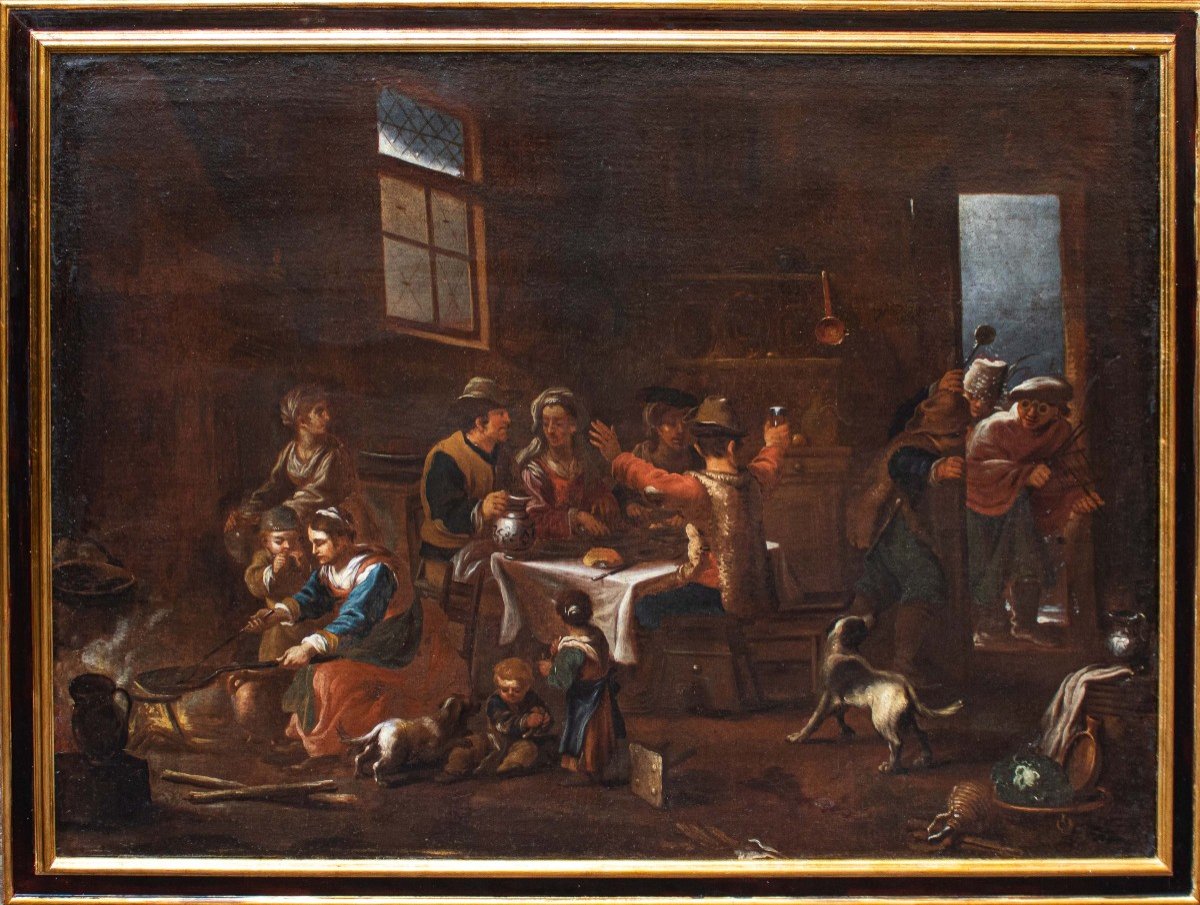

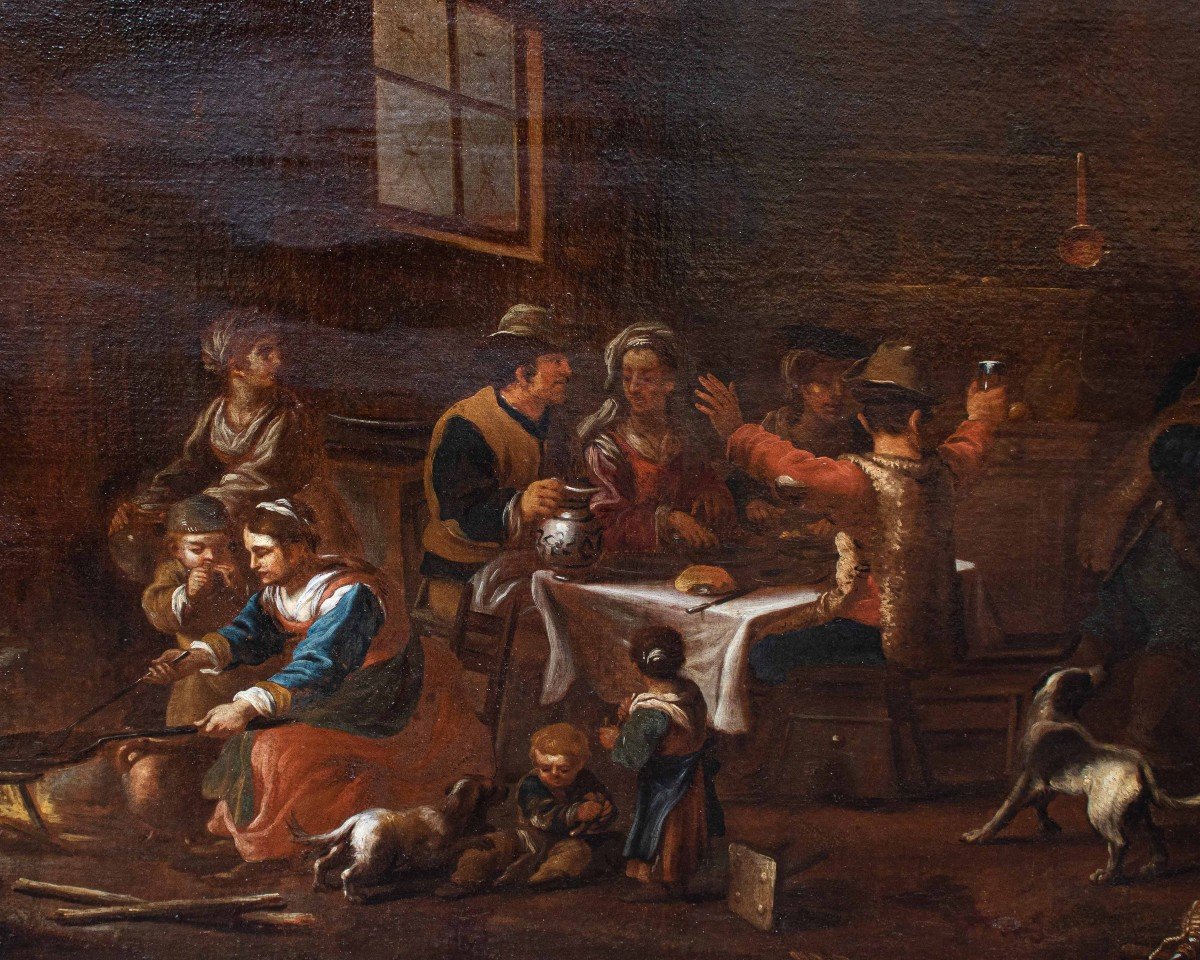



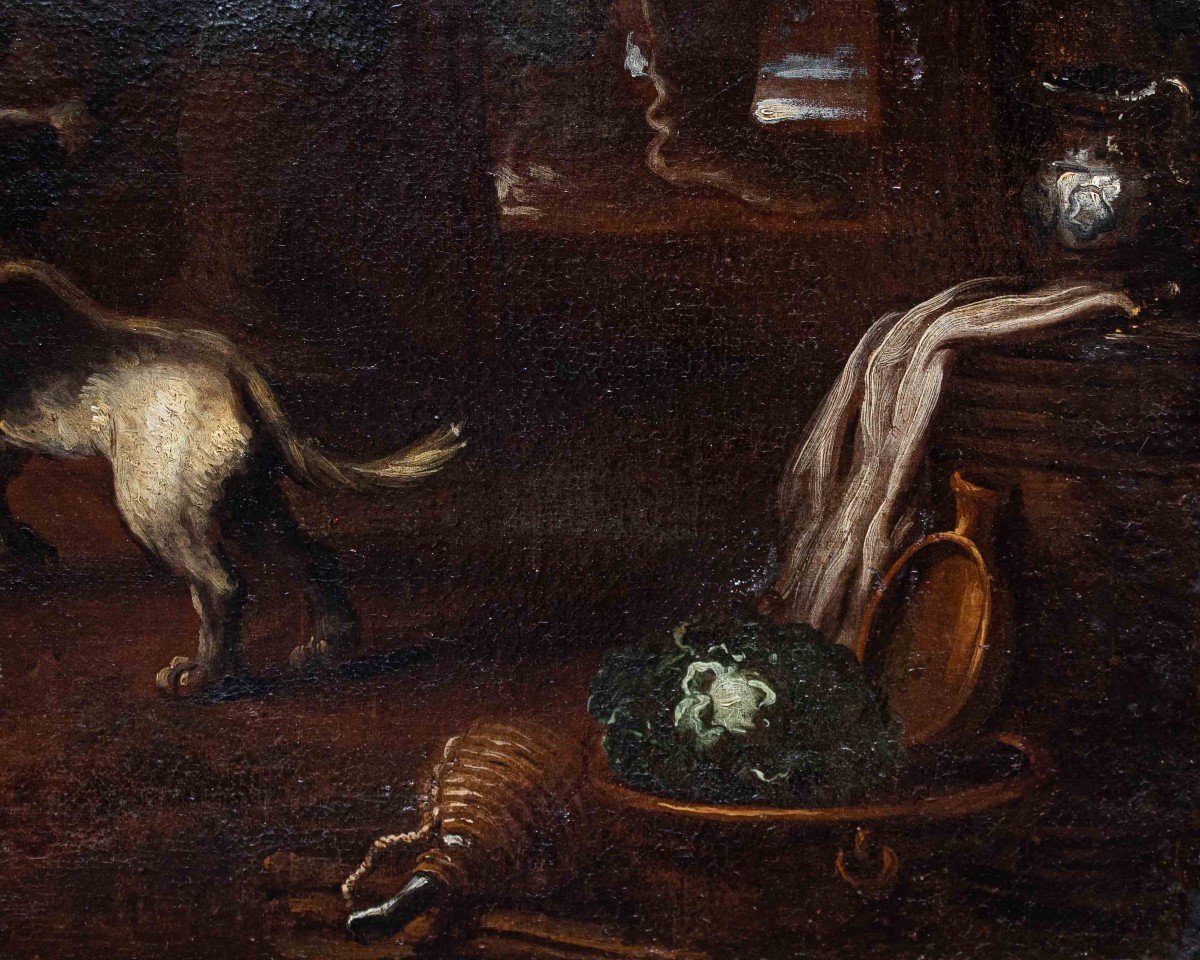

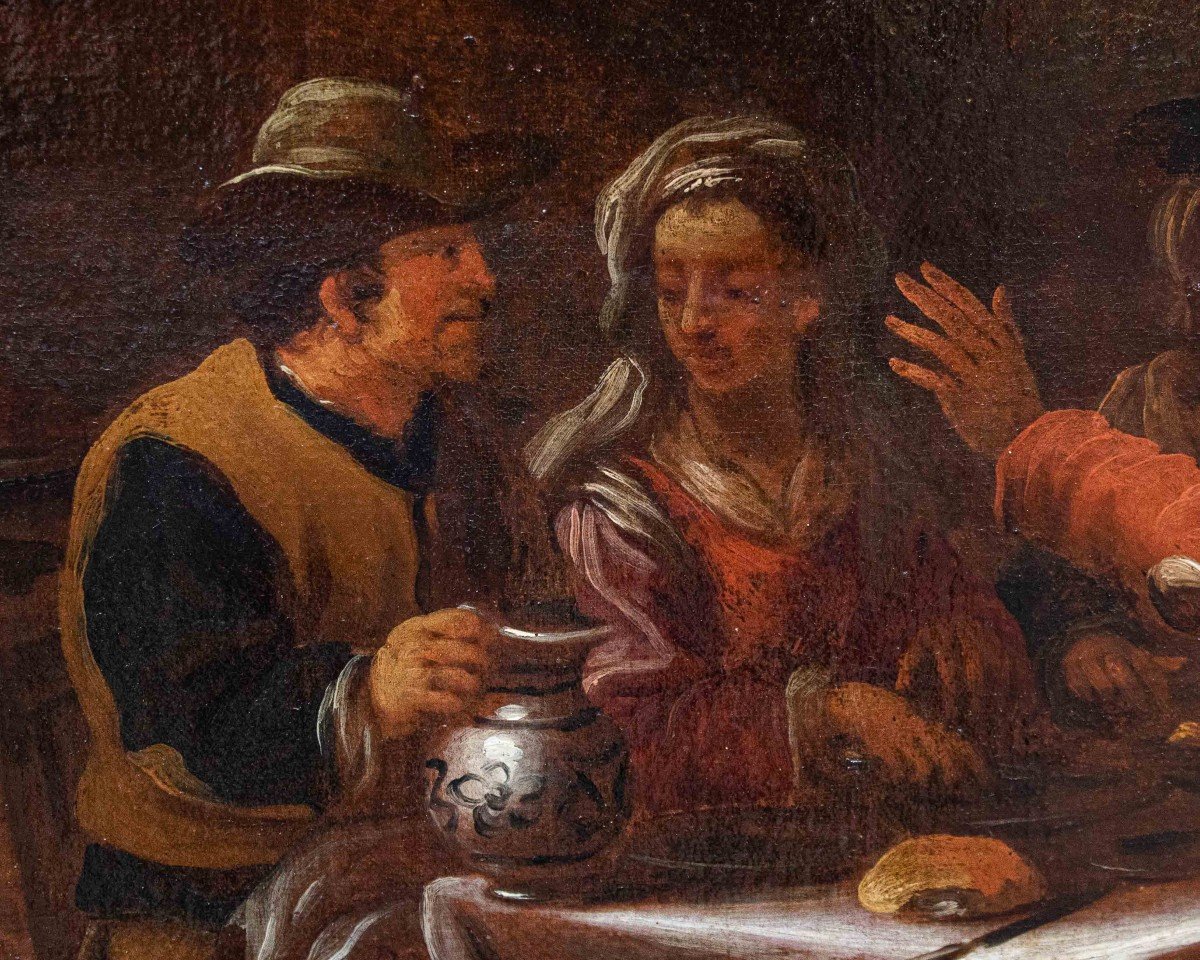












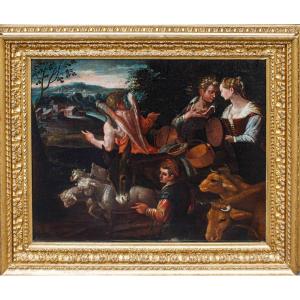









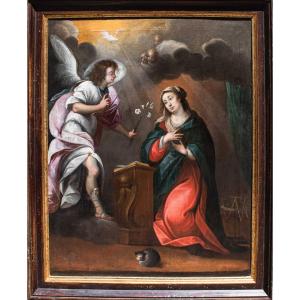



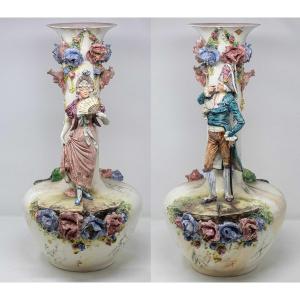

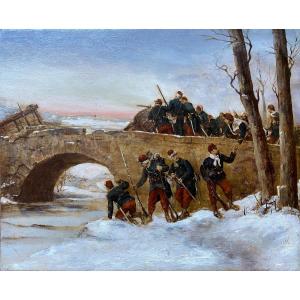
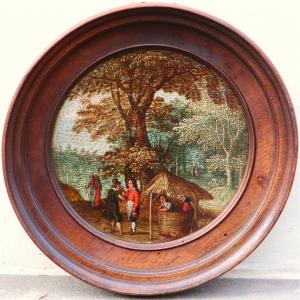

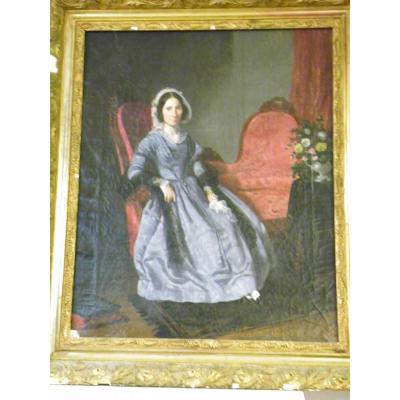



 Le Magazine de PROANTIC
Le Magazine de PROANTIC TRÉSORS Magazine
TRÉSORS Magazine Rivista Artiquariato
Rivista Artiquariato